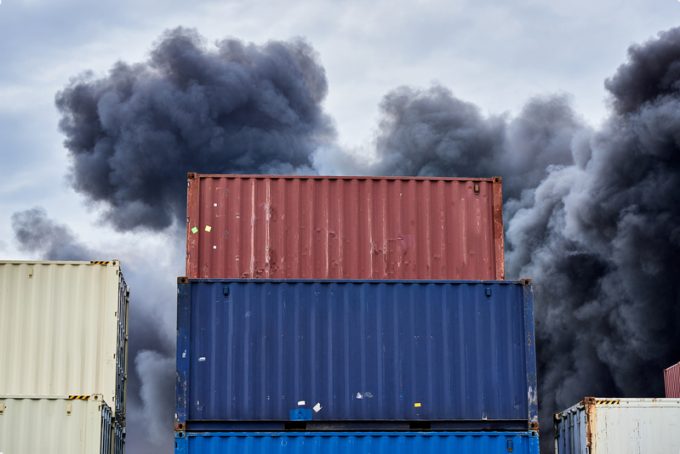Forwarders should be wary of granting extended credit, says TT Club
Freight forwarders should “beware of fraudulent customers offering lucrative loads”, said TT Club, as it ...

The already daunting prospect of fighting battery fires on ships, in warehouses and on aircraft is further complicated by chemicals which ‘off-gas’ during such fires, according to TT Club.
During a battery fire, gases are released which can pose both an explosion risk and the ...


Comment on this article
John Clark
September 08, 2023 at 10:57 amGovernments around the world are hell bent on conversion to EV’s but they are ignoring the massive risks. Unfortunately this is often the case because Governments come and go.